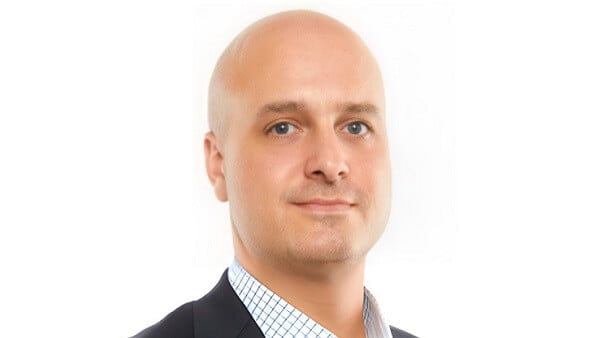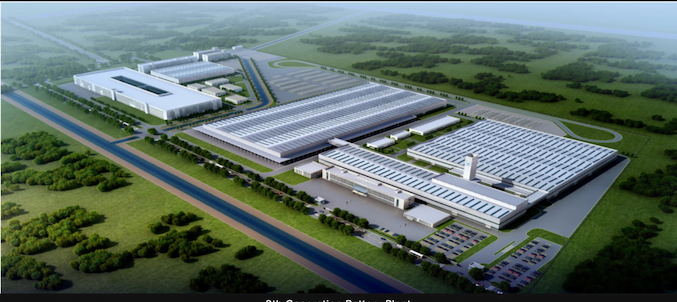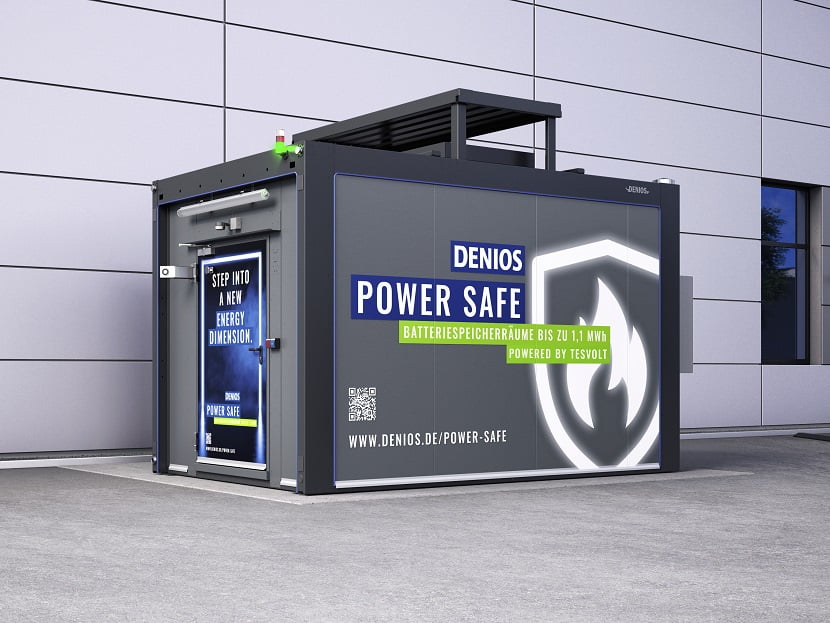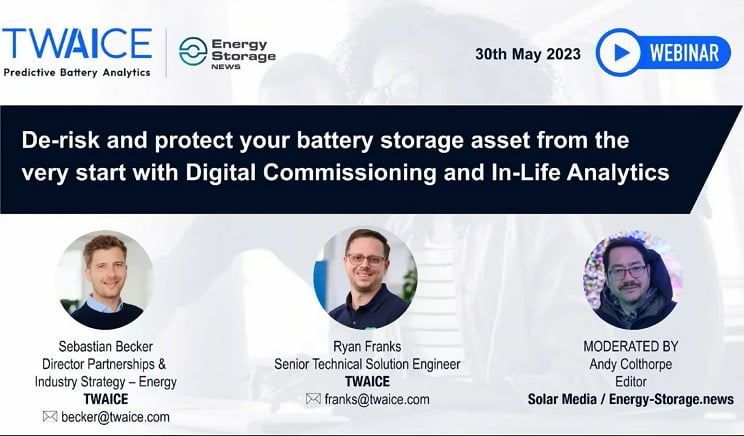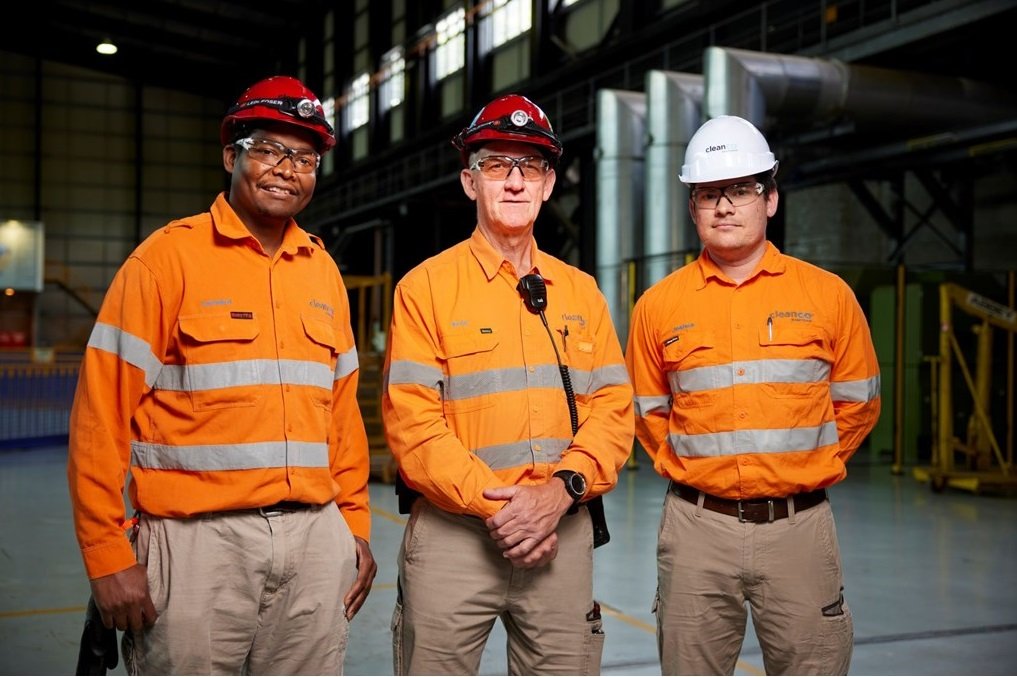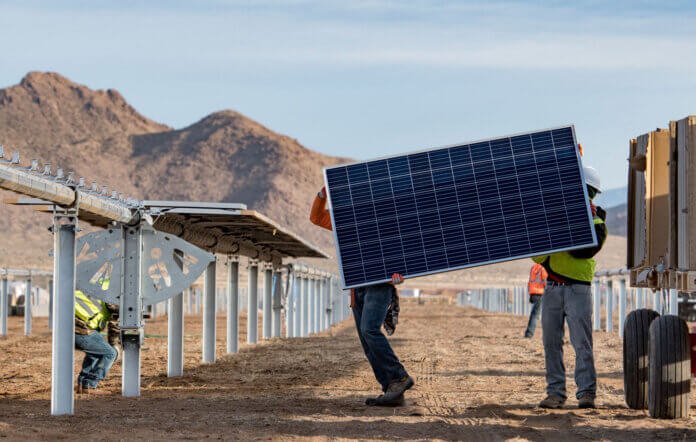Thomas Byrne
CleanCapital, a clean energy company based in the U.S. and focused on middle market solar and storage, has received an additional commitment of up to $500 million from Toronto-based Manulife Investment Management. The company will leverage this investment to fund early-stage solar and storage development and acquire renewable energy assets throughout the United States, as well as expand its partnerships in emerging markets.
Additionally, CleanCapital has surpassed a major investment milestone: the cumulative deployment of more than $1 billion to fund operating, new construction and early-stage development solar and storage assets.
Already one of the largest commercial solar asset owners in the U.S., CleanCapital continues to lead the clean energy transition by connecting institutional capital to the myriad opportunities available in the middle market sector.
“Our team’s climate investing capabilities, combined with our rigorous and highly institutionalized process, have earned the trust of the world’s leading institutional investors,” comments Thomas Byrne, CEO of CleanCapital. “This second infusion of balance sheet capital follows the successful deployment of Manulife Investment Management’s original $300 million investment, announced in 2021. This is our largest raise to date and will enable CleanCapital to play a key role in leading the energy transition to meet our nation’s net-zero emissions targets.”
CleanCapital’s investments comprise a diverse renewables portfolio of more than 200 distributed generation projects totaling 400 MW and spanning 26 states and one U.S. territory, as well as corporate investments in renewable energy project developers.
The company has established successful partnerships with multiple emerging and notable developers by focusing on key relationships and areas of opportunity.
Within the last year, CleanCapital has made major moves in the solar and storage market, most notably in emerging and underinvested markets.
“We are delighted to continue our partnership with CleanCapital. Distributed solar and storage is a swiftly growing market, and our commitment to investing in assets that support the global shift towards clean energy and GHG reduction remains steadfast,” says Recep Kendircioglu, global head of infrastructure, Manulife Investment Management.
As a leading investor and owner-operator of solar and storage assets, CleanCapital will continue to build its portfolio by applying its veteran expertise to acquiring, developing, constructing and operating high-performing projects.
Kirkland & Ellis and Baker McKenzie represented CleanCapital and Manulife, respectively, as legal advisors on this transaction.
Continue reading

